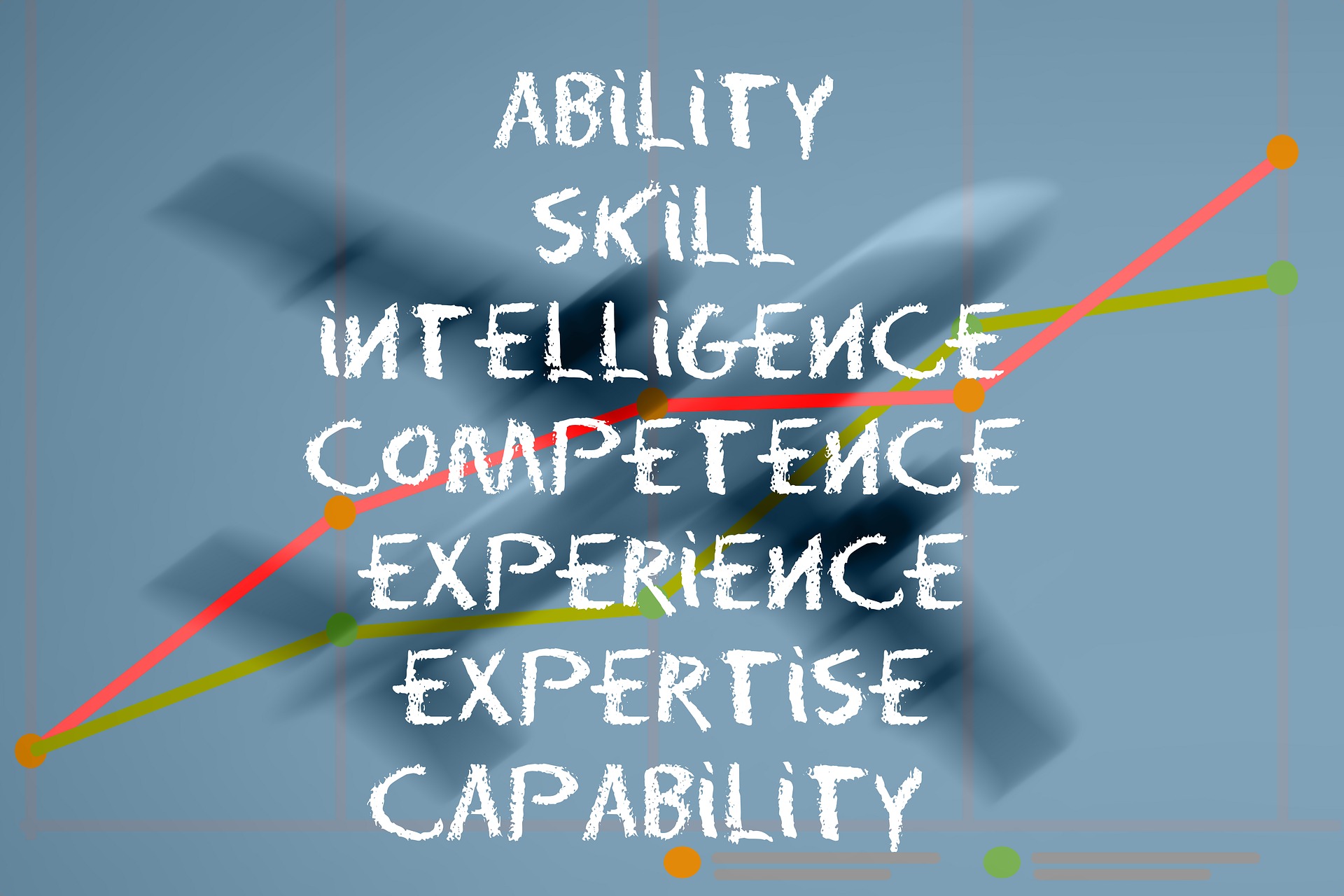Tell a Story with your Experience (CV Writing Guide)
What is a CV without your experience? This is your chance to SHOW readers your accomplishments, contributions, skills and achievements. This can be a very difficult section to get right, so we have put together some pointers to help you:
Focus on what’s important
Your CV is a marketing tool, so it is important to include what YOU feel will add value to you with your next career move. This can include new skills gained, relevant experience and major milestones achieved. Anything quantifiable can be included too as this adds more credibility behind your abilities as a professional.
Read More »Tell a Story with your Experience (CV Writing Guide)








 Professional CVs and Cover Letters
Professional CVs and Cover Letters